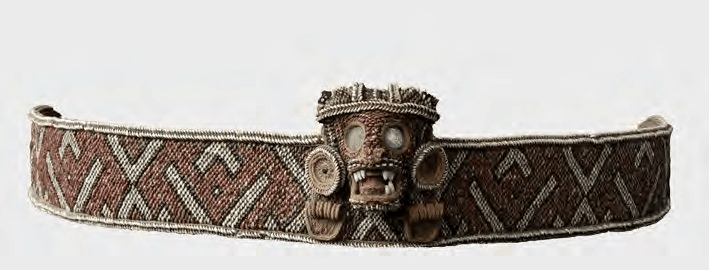Jose Morales-Dorta's Puerto Rican Espiritismo: Religion and Psychotherapy is a study of Espiritismo's appeal among poor and working-class Puerto Ricans in New York City. Relying on surveys, observation of Espiritismo centros and statistics and studies of the low status, marginalization and impoverished conditions of Puerto Rican life in NYC, Morales-Dorta's sympathetic portrayal of Espiritismo stresses its positive relationship on mental and physical health. Unlike the institutions offering care to those in need of psychotherapy, which often were disconnected to Puerto Rican communities, alienating and lacking Spanish-speaking social workers, therapists or doctors, Espiritismo centros featured members of the community who drew from long-standing traditions of spirits as the cause of ailments, methods to invoke spirits through mediums, and healing practices from herbal remedies and spiritual intervention. The Puerto Rican seeking aid for ailments both physical or mental could find a supportive community which used action via mediums and spirit possessions as psychodrama that allowed the "patient" a space for the expression of emotions. This exteriorization of the patient's psychological woes in the environment of a centro reminds one of certain Haitian interpretations of Vodou, too.
However, our main purpose in reading Morales-Dorta was for insights on the indigenous influences in Puerto Rican Espiritismo. According to him, statues of Indians are common at centros. In addition, Indian and African spirits were predominant among Cuban and Puerto Rican mediums. Indian spirits were associated with a high spiritual level, too. In addition, some of the healing practices do, vaguely, recall Taino or indigenous Caribbean shamanistic practices. However, since Espiritismo clearly owes at least some of its terminology to Kardec and has undeniably incorporated the Bible, Christianity and African influences, the Taino legacy is not always so clear. In order to truly elucidate the depth of Taino influence in Puerto Rican Espiritismo, one must dig deeper into the history of Taino religion, Puerto Rican folk healing, and the "Creolization" of Espiritismo in Puerto Rico. Nonetheless, this brief study, too brief for a proper analysis of this topic, does point strongly to some Taino influence. As of now, it seems less obvious than that of the ceremonia del cordon in Cuba.

No comments:
Post a Comment